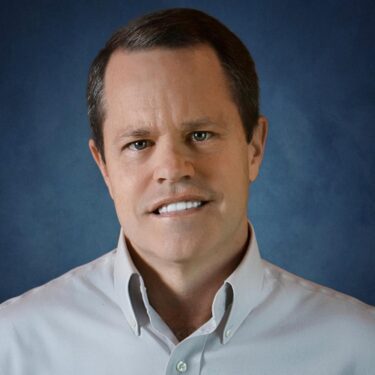Indiana was one of the Midwest rustbelt states which Trump managed to flip in his favour during last year’s election, largely on the promise of finding jobs for the declining manufacturing industry. Such a revival remains to be seen, and in its stead a tech scene seems to be bubbling away.
This is no surprise as there have been plenty of articles recently on companies moving out of Silicon Valley, or choosing not to set up shop there in the first place. Cheaper Midwest cities are a strong alternative, entirely in keeping with tech’s metropolitan, hipster, gentrifying image.
Indiana, however, has been seen to be lagging behind somewhat with a dearth of incoming investment being identified as a reason. TechCrunch published figures on Midwest development recently, the graphs were of the Top 15 Midwest cities by: count of companies founded since 2015, round counts since 2015, VC funding since 2015, count of institutional startup investors and finally aggregated metrics for The Best Startup City in the Midwest.
In each graph, Indianapolis features firstly as the only representative from Indiana and secondly lingers around the halfway mark – neither doing particularly well, nor particularly badly. But the bottom half of the list is mostly made of second cities from the other states; Chicago, Minneapolis and Detroit are the strongest performers.
But realistically those three were always going to be A-players, even with a switch of industry. So what can Indiana do to remedy this? Well, for a start, one might reasonably identify a dearth of investment as a symptom of a poor tech scene rather than a cause. That is to say, it’s a retrospective understanding of what the tech scene has to offer. And funding rounds take months to close so it’s not a particularly sensitive metric.
Firstly, it’s important to attend to the fact that the private sector is driving the Indiana revival effort, which speaks to an understanding that Indianapolis, in particular, has potential. Since Salesforce acquired ExactTarget there in 2013 there has been a growth of tech money floating around. TechPoint, a non profit which started in 1999 as a proponent of Indiana’s tech scene, has received a boost of funding in 2014 and currently has six talent programs running.
And there’s more on the horizon according to various analyses: Inc.com has Indianapolis as the second best city to start a business, Conde Nast Traveler ranks it as one of the cities to watch during 2017 and Money-Rates.com cites it as one of the best cities for Millennials.
And good for Millennials is good for tech, though tech jobs might not fit for the old manufacturing workers. Having said that one can almost feel the heyday cooling for tech’s young, boozy, workhard-playhard persona. With diversity issues, an ageing population and the tech sector laden with the responsibility of fueling US growth, it feels like a party at around 3am. Still going, but not as strong, taken forth in the existing vein of debauchery by a few dedicated soles. While everyone else sensibly decides to go to bed safe in the knowledge that it’s not necessarily about the next hour, but the next day and the next week.
In this light Indianapolis tech fits with what must be round the corner for the tech industry. “When it comes time to start a family, we see folks either coming home or relocating for our low cost of living and high quality of life,” Angie Hicks, CMO and cofounder of Angie’s List, told PYMNTS on the topic of Indianapolis’ talent pool.
And it’s not just folks ready to start a family, Millennials are also bored of high rents and the busy downtown areas of New York and San Francisco, and are looking for alternatives. The party has to end for the show to go on, and that seems to be where Indianapolis comes in.












